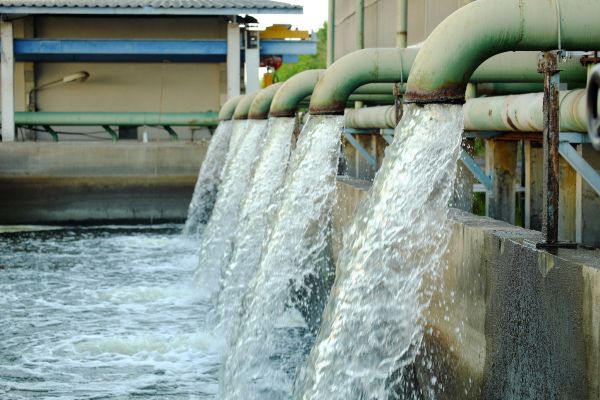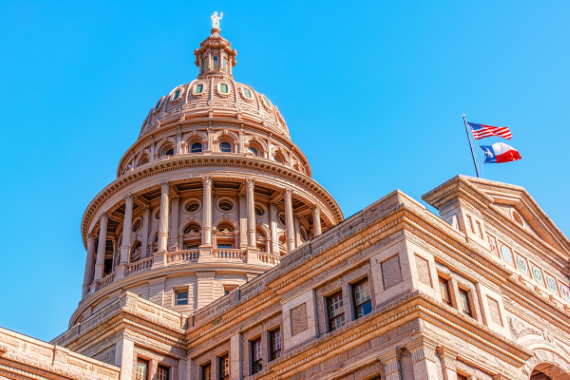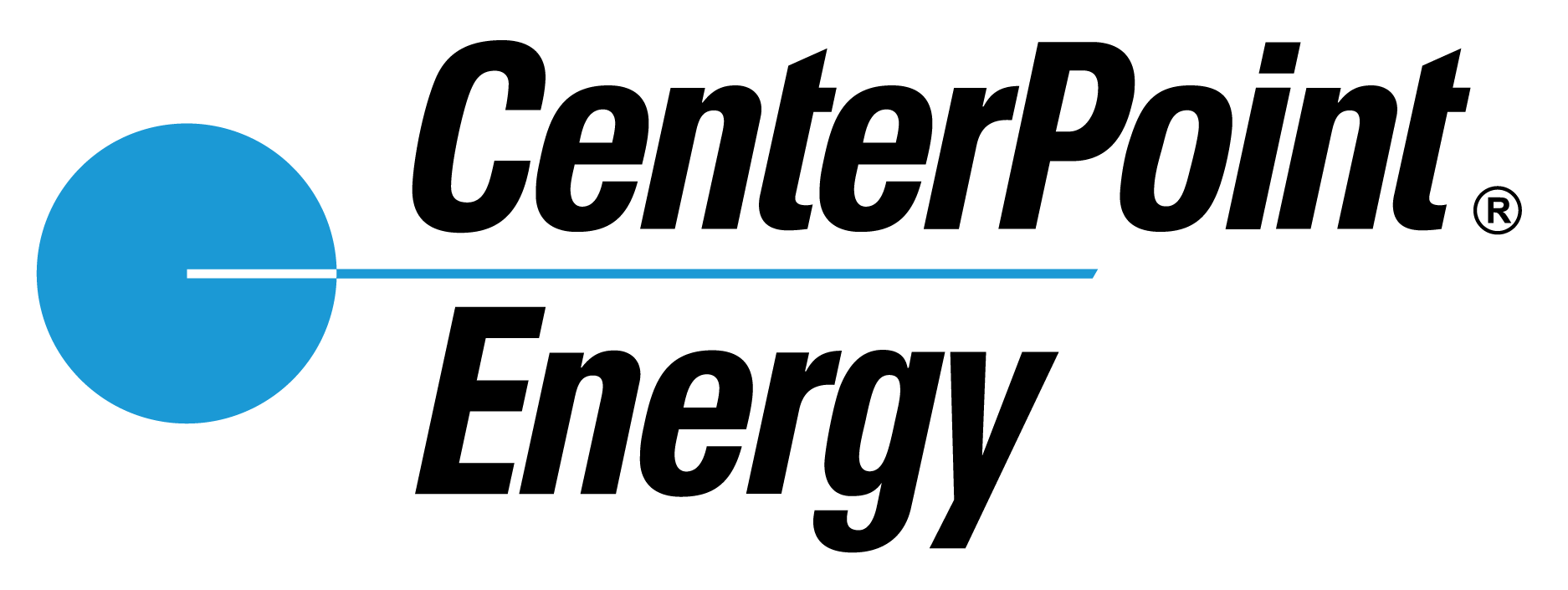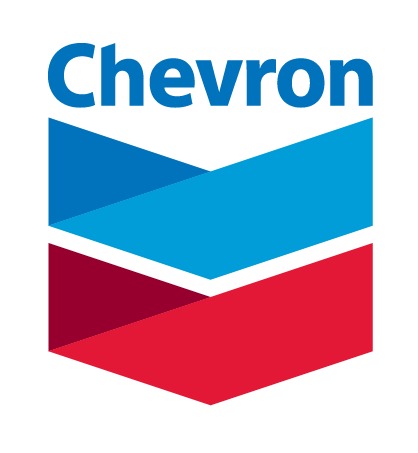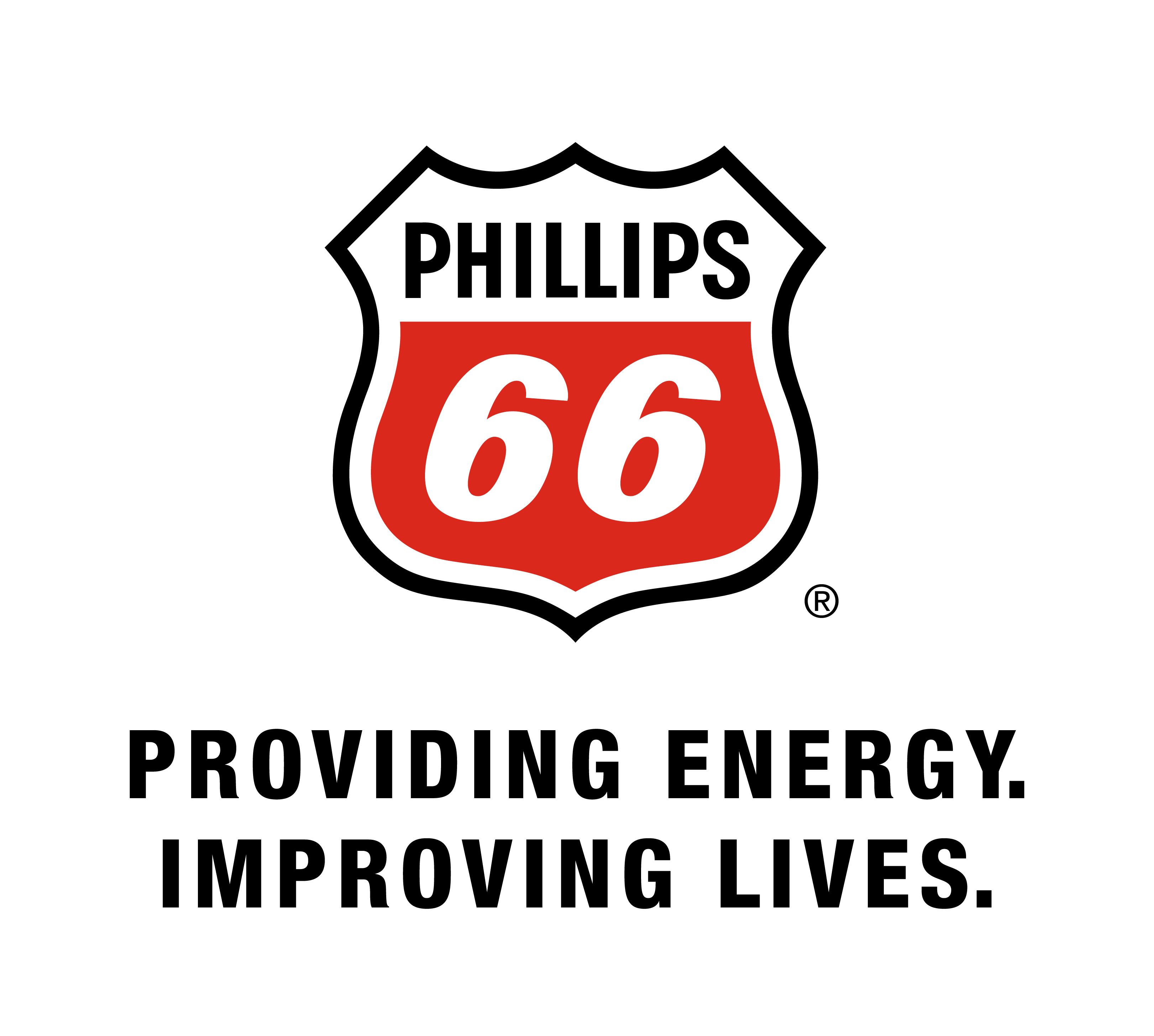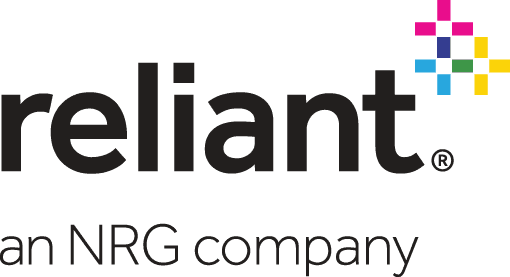Why Water Infrastructure is Key to Economic Growth and Competitiveness
Published Jan 09, 2025 by Jordan Overturf
Following the success of the Texas Water Fund initiative in the 88th Texas Legislative Session, voters overwhelmingly supported the constitutional amendment to fund $1 billion in water infrastructure solutions. With lawmakers set to convene in January, the Partnership sat down with state leaders to explore key updates and insights ahead of the 89th Legislative Session. Here are six essential questions you need to know about water policy.
For those who don’t know much about Texas water systems, what is a high-level overview of how it works? Specifically, who owns the water in Texas and who controls water regulations?
In Texas, the general rule is that any water on the surface belongs to the government, and water below the surface belongs to the property owner. As for who regulates water, there are three main state agencies in play:
- Public Utility Commission (PUC): The PUC oversees general regulations regarding utilities, with help from ...
- Texas Commission on Environmental Quality (TCEQ) oversees the regulation and enforcement of water quality throughout the state. This includes reviewing reports on poor drinking water and other concerns from the general public.
- Texas Water Development Board (TWDB) manages various funds for water infrastructure, including the state’s overall water plan.
In addition to these state agencies, regional and local entities oversee water resources. These include the river authorities and groundwater conservation districts, which provide local water-use regulations and water table management.
What are the current challenges facing Houston's water infrastructure, and how do they affect local businesses and residents?
Houston is facing two major challenges related to water resources: fast growth and aging infrastructure. For decades, limited resources have prevented the city from adequately investing in its water infrastructure. This long period of deferred maintenance has left many projects needing funding to modernize or restore old systems. At the same time, as our region continues to grow, there is a need for additional systems to supply the water necessary for new homes and businesses.
With 274 industry and utility connections, the City of Houston supplies substantial water to the region. An emergency interruption would be detrimental and could hinder businesses and slow regional growth in the long term. Investing the necessary dollars to address growth and strengthen existing systems will ensure our economic engine remains strong throughout Greater Houston.
How does reliable water infrastructure foster economic growth and competitiveness for Texas and Houston?
Reliable infrastructure is critical to economic growth, ensuring businesses and people thrive. Texas will struggle to attract and retain investments without reliable and safe access to water.
Texas is a beacon of opportunity for industry and people. As the state grows, so does the need for vital resources like water supply and water infrastructure. By prioritizing investments like the Texas Water Fund, we are making clear that our people and their future are a priority. It is not just an investment in water; it is an investment in quality of life. We are fostering opportunity by meeting these infrastructure needs and providing access to critical resources.
For an economic engine like Houston, home to the world’s largest petrochemical complex and the Texas Medical Center – which receives untreated and treated water from the city - the stakes are incredibly high. As the energy capital, it is essential for Texas, not only the region, for Houston to continue to thrive – which could be jeopardized without increased investment in critical infrastructure.
What legislative measures have been passed in previous sessions to address water infrastructure challenges in Texas, and how do you expect the legislature to expand on those efforts in the coming year?
The Texas Water Fund, which received $1 billion contingent upon voter approval, was overwhelmingly passed by the 88th Legislature and approved by Texas voters in 2023, with nearly 78% supporting the ballot initiative. Lawmakers proposed restructuring the $1 billion within the Texas Water Fund to begin delivering solutions and driving innovation to bolster available resources.
This session, securing a dedicated funding source — similar to the Texas Highway Fund — to support ongoing water infrastructure needs will lay the foundation for future investments. It will also give local governments a regular source for long-term planning projects.
Additionally, an expanded focus will likely be on growing the workforce pipeline for the water treatment and delivery industries. This would be similar to pushes in recent years to increase the availability of skilled tradesmen and expand the energy corridor workforce.
The Texas Senate Committee recently released a report with 20 legislative recommendations aimed at improving water infrastructure across the state. What are some recommendations that the Partnership may be taking a closer look at?
Each of the recommendations is worthy of consideration and deep discussion by lawmakers in Austin. Some key recommendations from the report include:
- Establish a dedicated revenue stream for long-term water infrastructure development, including expanding available funding in the Texas Water Fund.
- Supporting the TRUE grant program and encouraging partnerships between water systems, licensing agencies, and technical colleges will put workforce expansion on the fast track.
- Modernizing case management at the Public Utility Council and establishing alternative legal classifications for treated produced water.
- Creating an emergency fund and expanding “safe harbor” provisions to help rehabilitate smaller, failing systems before a catastrophe strikes.
What role can the business community play in advocating for and supporting improvements to water infrastructure during the upcoming legislative session?
The business community will have a vital role to play during the upcoming 89th Legislative Session in advocating for and supporting water infrastructure investment. By highlighting the critical connection between reliable water systems and economic growth, we can implore the Legislature to prioritize investments in water infrastructure and secure much-needed dollars to improve systems in our region. This collaboration will be key as we look ahead to the future.
Learn more about the Partnership's Legislative Priorities, click here. For more updates and alerts on the Texas Legislature, click here to sign up for our weekly newsletter.
 The Houston Report
The Houston Report